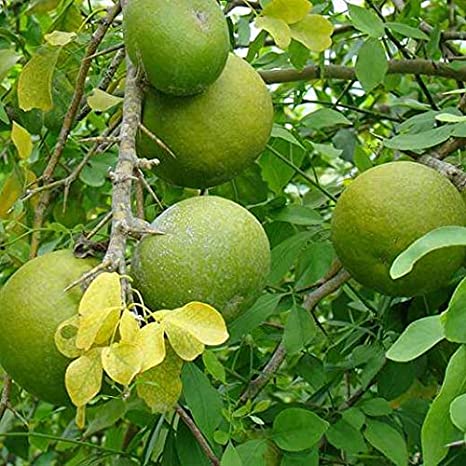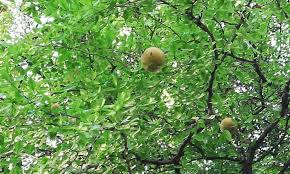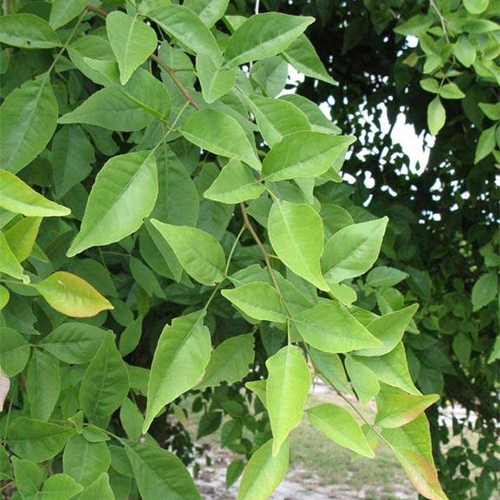Bael Tree
*Botanical name:- Aegle marmelos
*Local name:- Bilva, Holy fruit tree, Bel, Shirphal. Wood apple, Bengal Quince, stone apple, Vilvam,
*Family - Rutaceae
In India, Bael leaf is used in the worship of Shiva as its three-pronged leaf is believed to symbolize Shiva trident. The three-pronged leaf is also associated with the three functions of creation ( निर्माण ), preservation ( संरक्षण ) , and destruction ( विनाश ).
* Medicinal used –
Asthma- Grind Bael leaves (5 gms). Add 1 spoon of honey. Take orally in morning and evening.
High Blood Pressure- Extract juice of bael leaves, add honey and take twice a day.
Diarrhoea- Dry raw bael fruit pulp. The dried pulp helps to cure diarrhea.
Diabetes- Chew few Bael leaves empty stomach in the morning.
Fight Skin Infections-
Along with antibacterial effects, the extracts from bael fruit, roots, and leaves have antifungal and antiviral abilities as well. Studies suggest that bael leaf oil inhibits common types of fungus that infect the skin.
The same is true for several bacterial strains, including those responsible for staph infections.As a potential first-line treatment, it seems that bael fruit possesses useful compounds for fighting skin infections.
Stomach- Extract taken from the seeds of bael fruit reduces gastric juice volume and acidity in animal studies. Both methanolic and aqueous extracts from bael seeds appear to promote healing from ulcers.
Reduce Cancer Risk- This may help improve the health and quality of life of someone undergoing radiation treatment for cancer.Various forms of cancer are caused by the damage done to cells by free radicals.
( Note-Although bael fruit is not a proven cancer treatment, it may help reduce some of the cumulative damage that increases cancer risk over time.)
As a potential first-line treatment, it seems that bael fruit possesses useful compounds for fighting skin infections.
*Environmental benefits - Trees contribute to their environment by providing oxygen, improving air quality, climate amelioration, conserving water, preserving soil, and supporting wildlife.
Trees also lower the air temperature and reduce the heat intensity of the greenhouse effect by maintaining low levels of carbon dioxide.




